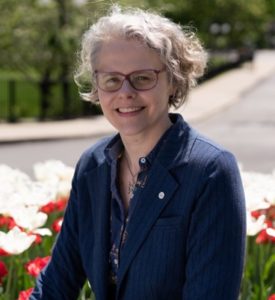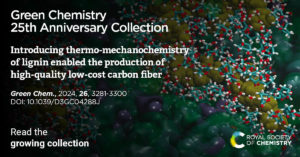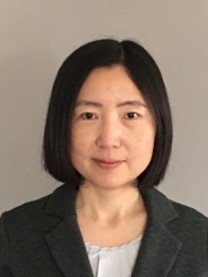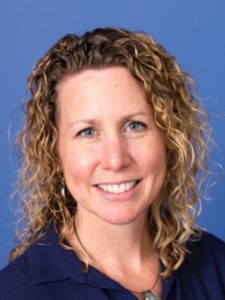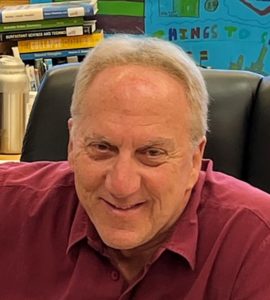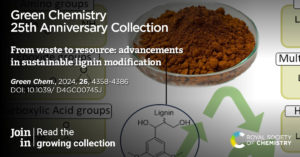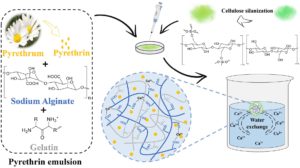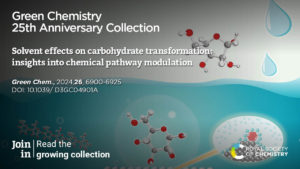Over the past 25 years, Green Chemistry has provided a unique forum for the publication of innovative research on the development of alternative sustainable technologies, efficient utilisation of resources and the concomitant minimisation of waste. We are delighted to bring together a very special issue containing articles by members of the green chemistry community as well as past and present Green Chemistry Board members, to mark and celebrate our first 25 years.
Among the contributions to this themed collection is a Paper where a simple and recyclable homogeneous catalytic system for the hydrogenation of carbon monoxide to methanol was established (DOI: 10.1039/D4GC01050G).
Read our interview with Andreas J. Vorholt, one of the corresponding authors.
How would you set this article in a wider context?
Methanol is considered a central pivot between energy and chemical industry for sustainable transformation. While the established heterogeneous methanol production process benefits from economies of scale, homogeneous catalytic processes are better suited for small to mid-size decentralized production coupled with fluctuating renewable energy supply. This article marks a key step towards such processes by demonstrating the successful, yet inherently challenging, recycling of the employed Mn-based catalyst.
What is the motivation behind this work?
In the past couple of years many systems were developed in the field of homogeneous methanol synthesis either from CO or CO2. However, all those examples were far from industrial applicability as they did not address the challenge of catalyst recycling and simple product separation, which is essential to make such a process economically viable. Therefore, based on our earlier work in this field, we aimed to establish a simplified system that can address these challenges by simple unit operations.
What aspects of this work are you most excited about at the moment and what do you find most challenging about it?
For a transformation that was seen as highly challenging in the past, the simplicity of the developed system, comprising only of the catalyst, the cheap base NaOMe and a long-chain alcohol, is fascinating.
What is the next step? What work is planned?
As we have shown that the catalyst can be recycled batchwise, we are now taking it one step further and employing this system in a continuous operation incl. constant product separation and catalyst recycling. This will get us significantly closer to industrial usability.
Please describe your journey to becoming part of the Green Chemistry community
I started my way in the GC community already in my PhD, when I worked on the conversion of oleochemicals to monomers. Later I wrote a master thesis in my economics studies on the future of renewables under the GC conditions. I was finally caught by the idea after the Gordon Green Chemistry Conference in Hongkong.
Why did you choose to publish in Green Chemistry?
Green Chemistry is at the forefront of the sustainable development of the Chemistry community as a whole. Every article published in this journal aims contribute a small piece to overcoming the great challenges the chemical industry and our entire society are facing today. We are convinced that our manuscript very well aligned with the goals of the journal and it gives us the perfect platform to present to and discuss with an audience that holds the same values and goals to drive the sustainable transformation of chemistry.
What do you think the Green Chemistry journal has done well in the past 25 years, and what do you think are the main challenges our community will face in the next 25 years?
For the past 25 years, Green Chemistry has advanced sustainability in the chemical research from a nice side-bonus to the number one goal of modern-day chemists and engineers. Starting from the 12 Principles of Green Chemistry this journal as a platform has fostered the awareness, importance and acceptance of sustainable chemistry. For the next 25 years ahead one major challenge will be to bring the tons of brilliant ideas that are published in great journals like Green Chemistry out of the lab into practice. Only if we will achieve this fast enough, we will be able to solve the enormous challenges ahead of us.

















